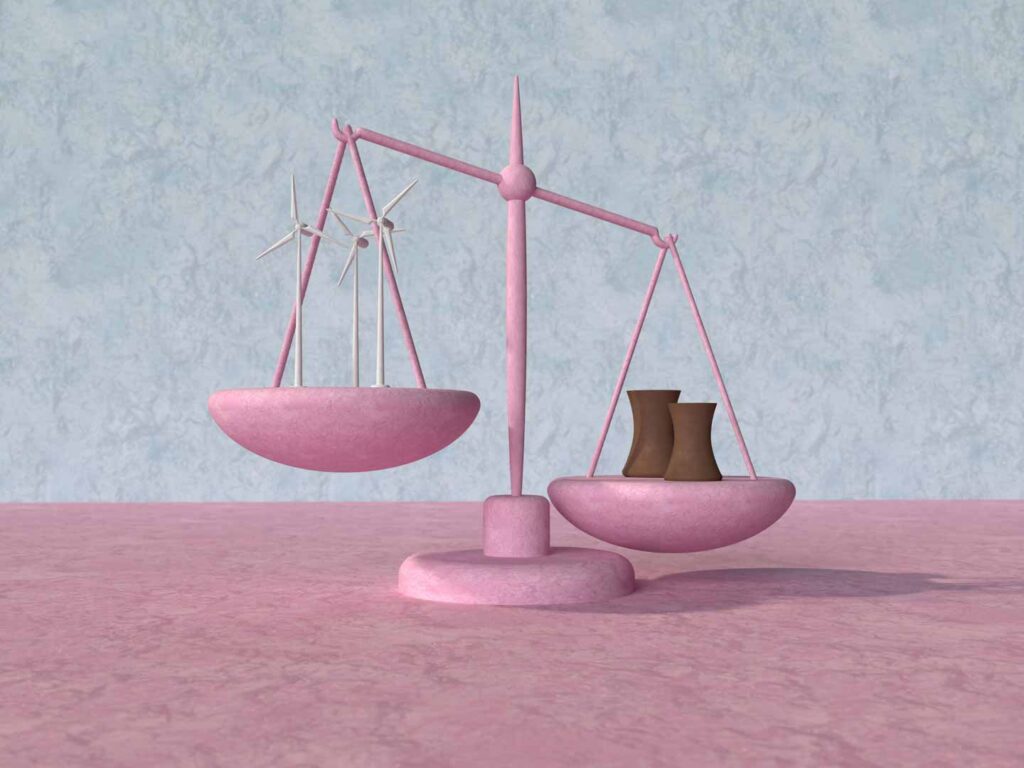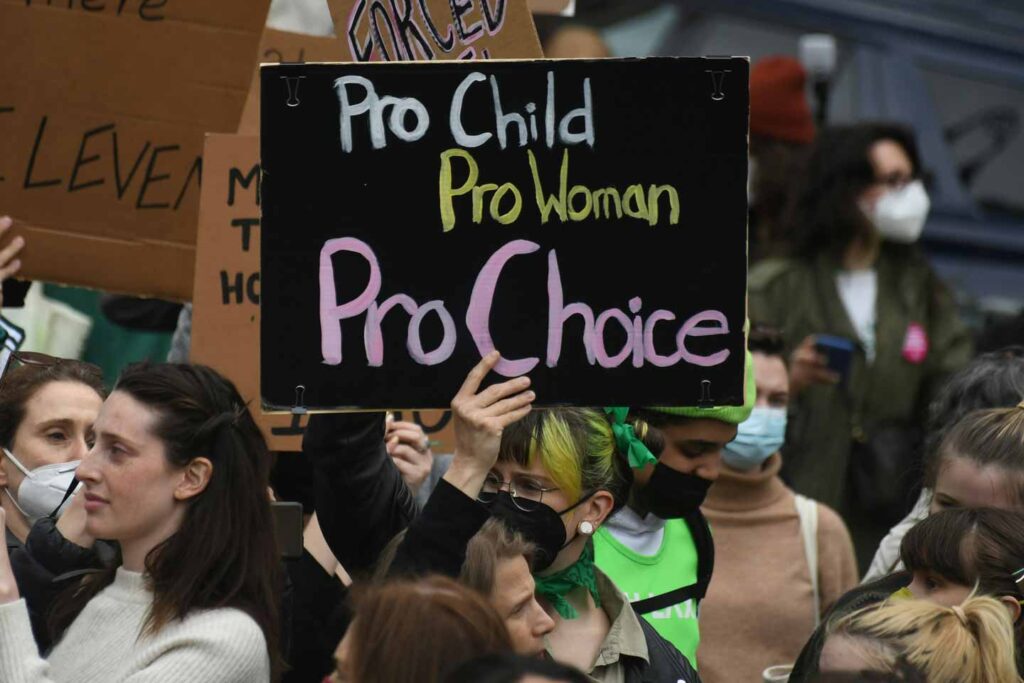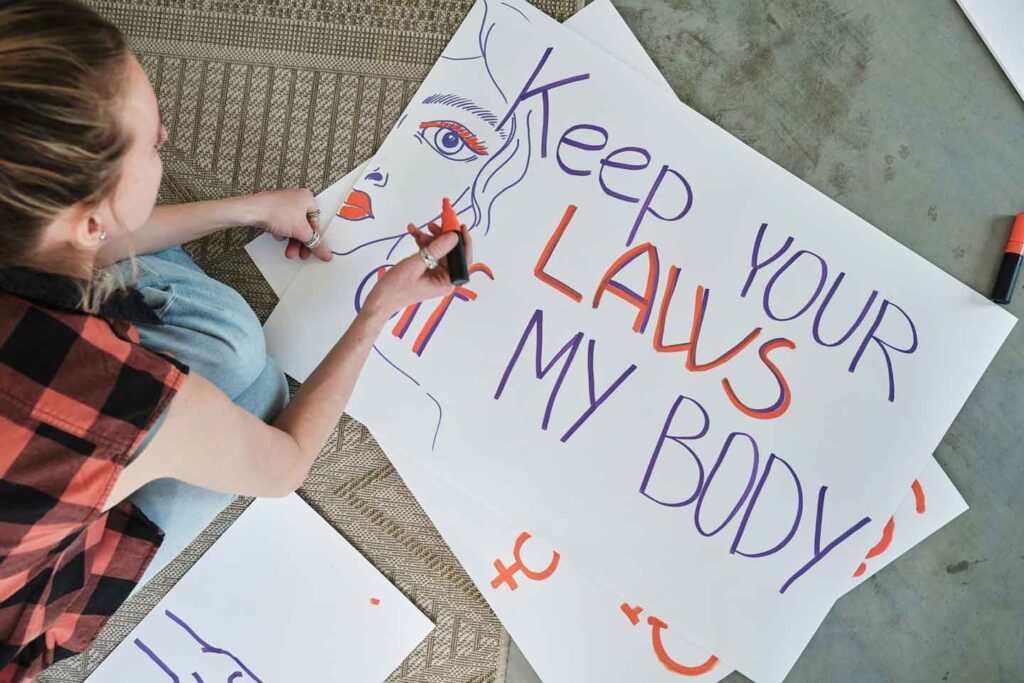In recent years, abortion laws have changed a lot. Countries like Ireland and Argentina have made abortion more legal. But in the United States, the Supreme Court took away federal abortion rights in 2022. Now, some US states ban abortion while others protect it. Researchers are studying how these different laws affect women’s health and lives.

Ireland’s Big Change
For many years, Ireland had very strict abortion laws. Women could only get an abortion if their life was in danger. Many Irish women had to travel to England for abortions.
In 2018, Ireland held a vote. People decided to change the law. Now, abortion is legal in the first 12 weeks of pregnancy. This was a big win for women’s rights groups who fought for years to change the law.
Making the Law Work
Changing the law was just the first step. Ireland also had to make sure women could actually get abortion services. Doctors needed training, and hospitals needed to offer the service. Some doctors still refuse to do abortions because of their personal beliefs.
Argentina’s Ongoing Fight
The Problem
In Argentina, abortion was illegal except in rare cases. This led to many unsafe, secret abortions. About 500,000 abortions happen each year in Argentina. Many women got hurt or died from unsafe procedures.
The Push for Change
Women’s groups in Argentina have been fighting for legal abortion for years. In 2018, lawmakers almost changed the law. The lower house of Congress approved it, but the Senate said no. The fight continues, with strong support from younger people.
The United States Goes Backward
What Happened
For almost 50 years, abortion was legal across the US because of a Supreme Court case called Roe v. Wade. But in June 2022, the Court changed its mind. It said states could make their own abortion laws.
A Country Divided
- About 14 states quickly banned abortion or made it very hard to get.
- Other states passed laws to protect abortion rights.
- Some states even help women from other states get abortions.
This created a split country where your rights depend on where you live.
Who Gets Hurt Most
The new bans hurt some women more than others:
- Poor women can’t afford to travel to other states.
- Black and Hispanic women are more likely to live in states with bans.
- Rural women have to travel farther to get care.

Effects on Women’s Health
Physical Health Risks
When abortion is illegal, women might try unsafe methods. This can cause:
- Serious infections.
- Heavy bleeding.
- Permanent health damage.
- Even death.
In countries that made abortion legal, like Ireland, fewer women get hurt from unsafe procedures.
Mental Health Impact
Being forced to continue an unwanted pregnancy can cause:
- Depression and anxiety.
- Stress and trauma.
- Feeling trapped or hopeless.
Studies show that most women who get abortions don’t regret their decision. But women denied abortions often struggle with mental health problems.
Life Changes
Having a child when you’re not ready can change your whole life:
- Harder to finish school.
- Might have to quit a job.
- More likely to stay in poverty.
- Less likely to leave abusive relationships.
Economic Effects
On Individual Women
When women can’t get abortions they need:
- They’re more likely to fall into poverty.
- They have harder time keeping jobs.
- They often struggle with bills and debt.
- They might need public assistance.
On Children and Families
Children born after abortion is denied:
- Are more likely to live in poverty.
- Might not have all their needs met.
- Often live in unstable situations.
- May face more health and development problems.
On Society
Countries with good access to family planning, including abortion:
- Have lower poverty rates.
- Have better child welfare.
- Spend less on public assistance.
- Have more women in the workforce.

Human Rights and Bodily Control
Basic Rights
Many groups say abortion access is about basic human rights:
- The right to control your own body.
- The right to health care.
- The right to privacy.
- The right to decide about your own family.
Global Standards
Most developed countries recognize these rights. The United Nations says access to safe abortion is part of basic health care. When countries ban abortion, they go against these global standards.
Beyond Just Health
Abortion laws affect more than just health:
- They show how countries value women.
- They reflect religious and cultural views.
- They impact gender equality.
- They can be used for political gain.
What Researchers Are Learning
The Natural Experiment
The US situation gives researchers a chance to study what happens when abortion laws change. They can compare states with bans to states without bans.
Early Findings
Research so far shows:
- Abortion rates don’t drop much when it’s banned – women just go elsewhere.
- Women in ban states face delays getting care.
- More women have later abortions, which can be riskier.
- Some women can’t get abortions at all.
Long-term Questions
Researchers want to know:
- Will more children be born in ban states?
- Will more women die from pregnancy complications?
- Will more families need public assistance?
- Will women move to states with better rights?
The Bigger Picture
Connected Issues
Abortion rights connect to other issues:
- Access to birth control.
- Sex education.
- Maternal health care.
- Child welfare systems.
Countries with good abortion access usually do better on all these issues.
Public Opinion
In most countries, public opinion supports legal abortion in at least some cases. Even in the US, most people didn’t want Roe v. Wade overturned. But vocal minorities can have big influence on laws.
The Role of Religion
Religious views strongly shape abortion debates:
- Catholic Church opposes abortion in all cases.
- Some Protestant groups take similar positions.
- Other religious groups support abortion rights.
- Secular groups usually favour legal abortion.

What’s Working
Successful Approaches
Countries with good abortion policies usually:
- Make early abortion easy to access.
- Cover costs through health insurance.
- Train enough providers.
- Reduce stigma through education.
- Support women’s choices either way.
Ireland’s Example
After changing its law, Ireland:
- Set up abortion services in hospitals and clinics.
- Made sure services were spread across the country.
- Covered costs through the public health system.
- Created clear guidelines for doctors.
- Monitored the system to fix problems.
Challenges Ahead
In the United States
The US faces big challenges:
- Legal battles in many states.
- Doctors afraid to provide care even when legal.
- Women crossing state lines for care.
- Confusion about what’s legal in emergencies.
- Growing inequality in who can access care.
In Argentina and Similar Countries
Countries still fighting for legal abortion face:
- Strong religious opposition.
- Political resistance.
- Lack of public understanding.
- Unsafe abortion networks.
- High maternal death rates.
What Can Be Done
Policy Changes
Better policies would:
- Make abortion legal and accessible.
- Cover costs for poor women.
- Protect doctors who provide care.
- Ensure privacy for patients.
- Support women’s choices.
Beyond Laws
Even with good laws, countries need:
- Enough trained doctors.
- Clinics in all areas, including rural.
- Public education about options.
- Support for pregnant women.
- Help for new parents.
Individual Actions
People can help by:
- Supporting abortion funds that help women travel.
- Voting for pro-choice candidates.
- Fighting stigma by talking openly.
- Donating to advocacy groups.
- Sharing accurate information.

Conclusion
Abortion laws are changing around the world, sometimes for better and sometimes for worse. These changes affect millions of women’s lives, health, and futures. The evidence shows that making abortion legal and accessible leads to better health outcomes and more equal societies.
The United States is now a patchwork of different laws, creating unfair situations where women’s rights depend on where they live. Meanwhile, countries like Ireland show that positive change is possible when people demand it.
As researchers study these changes, we’ll learn more about the full impact of abortion laws. But we already know that women’s health and rights should be protected, not restricted. The fight for reproductive rights continues in many places, with women’s lives and futures at stake.
